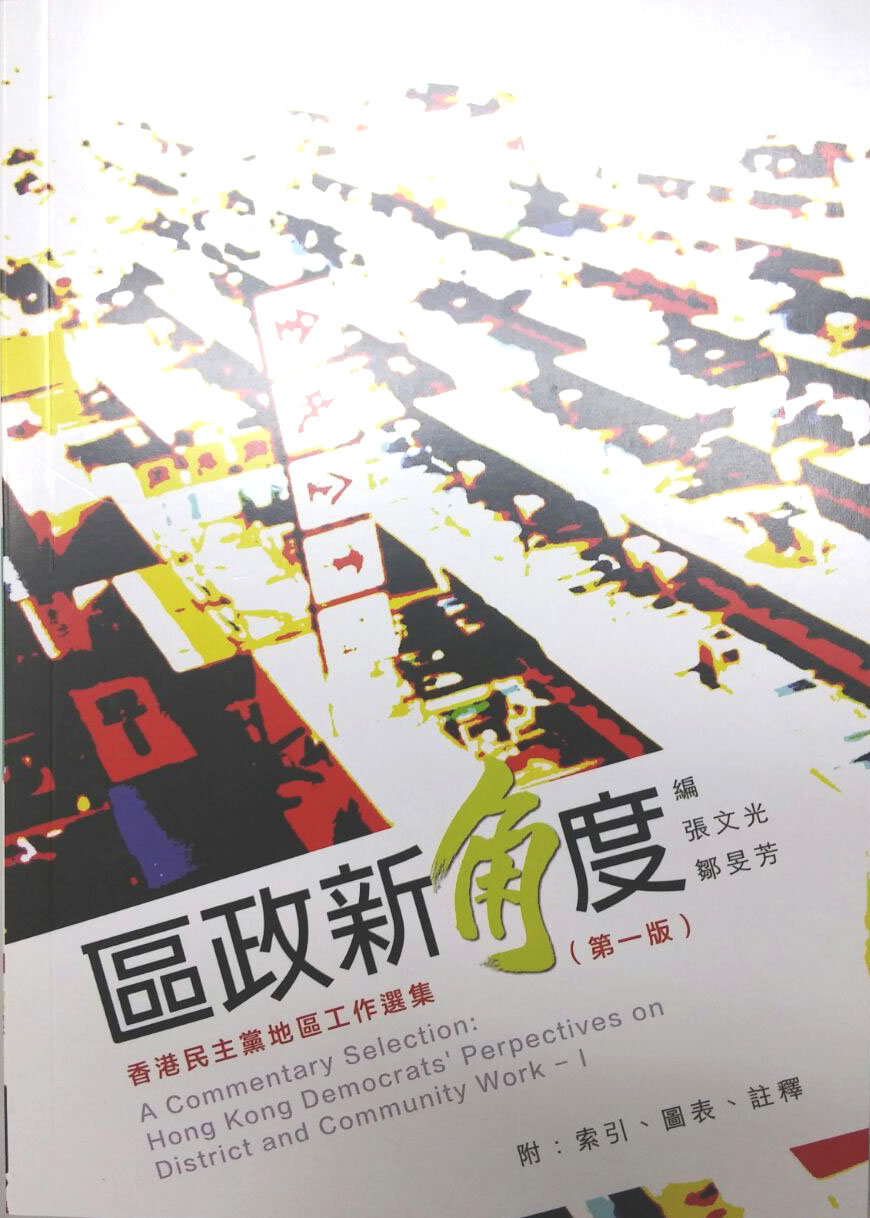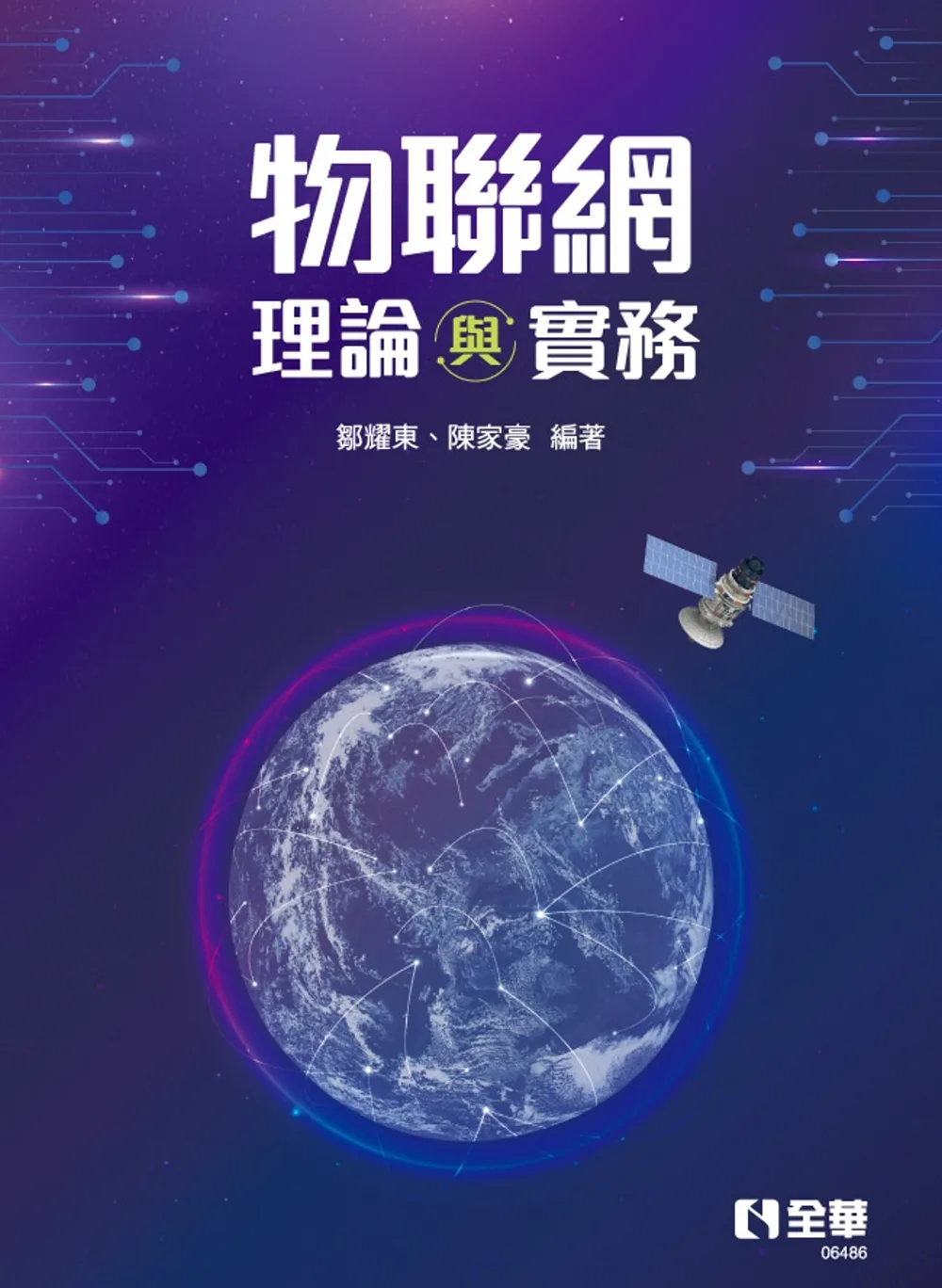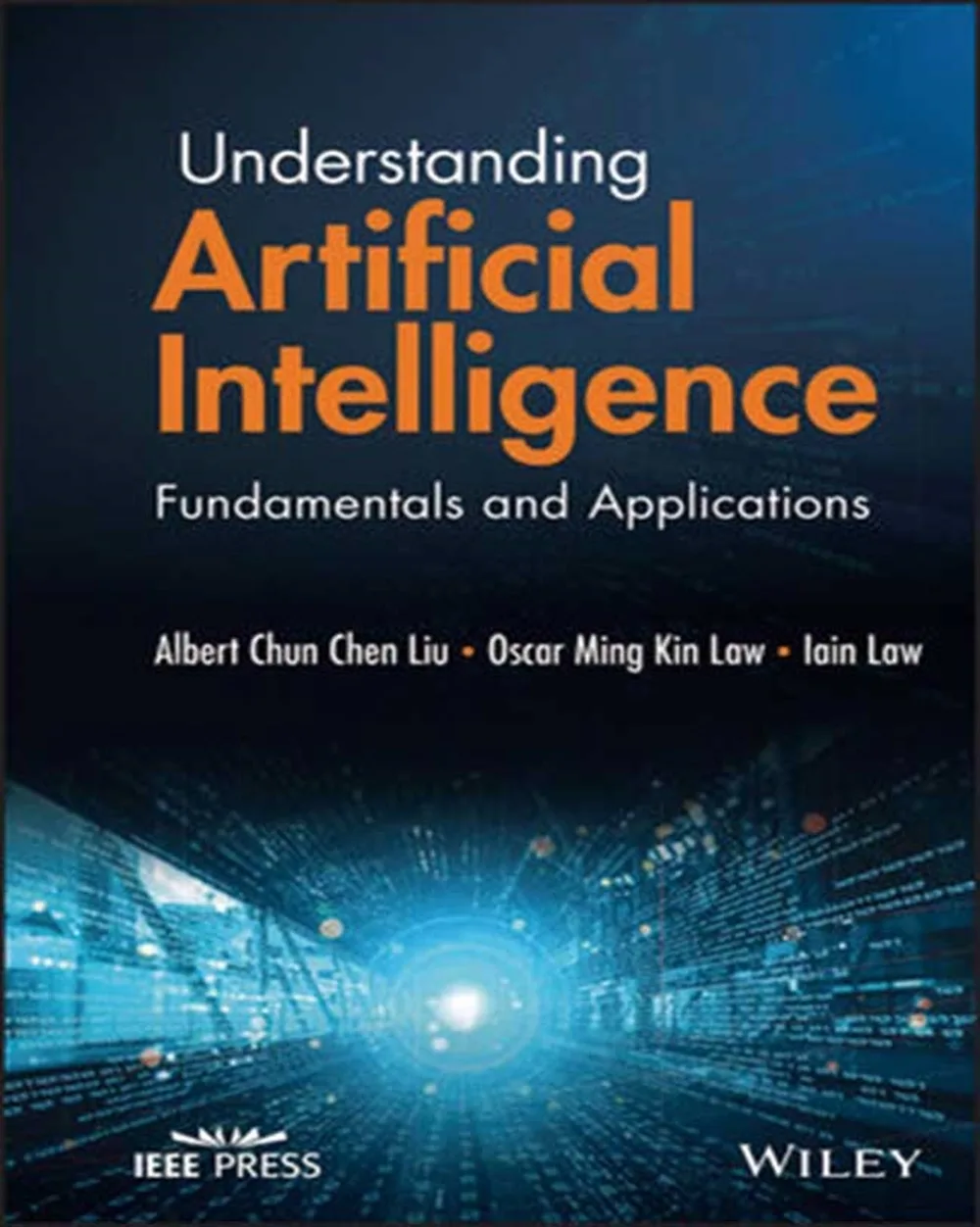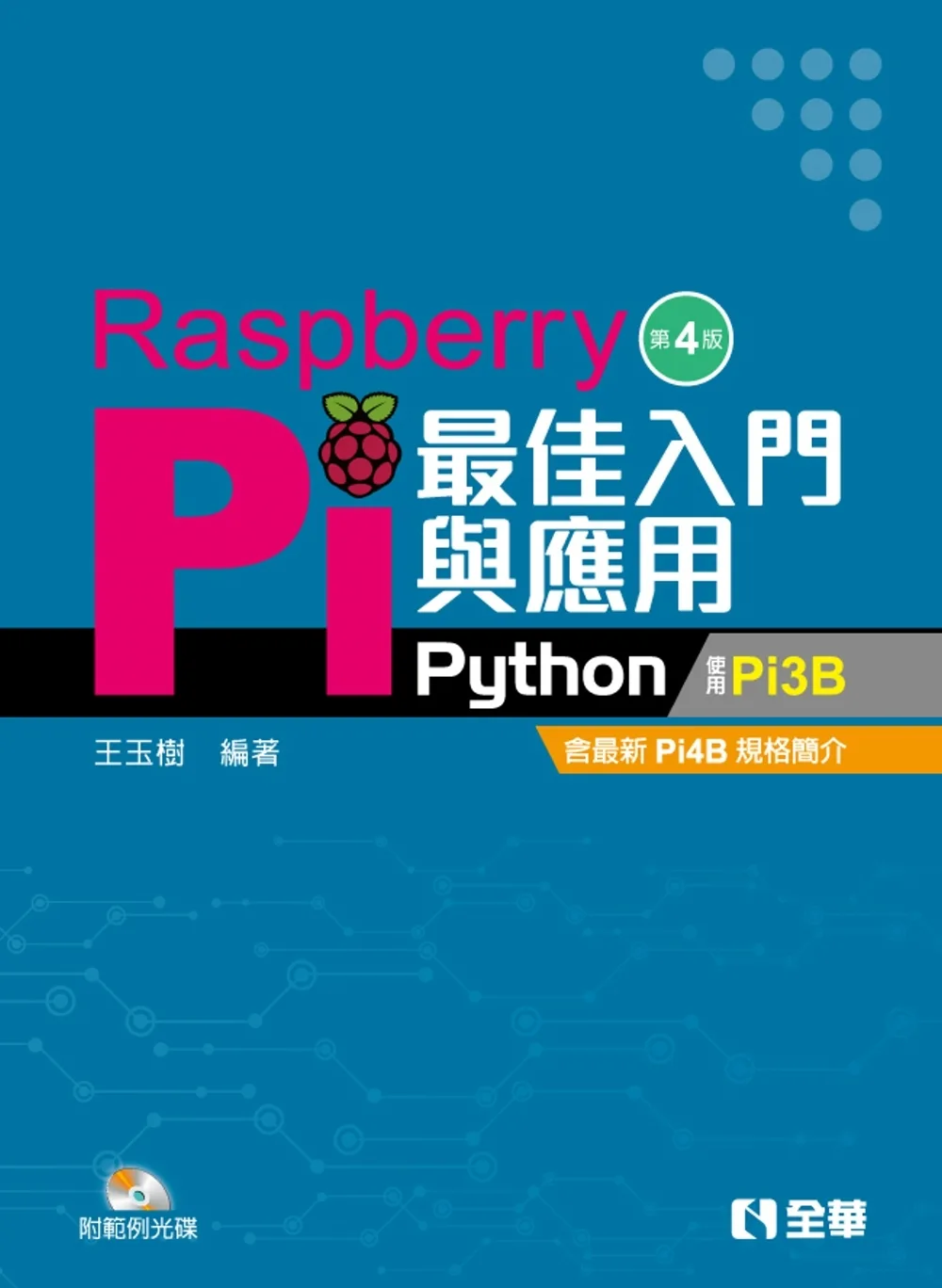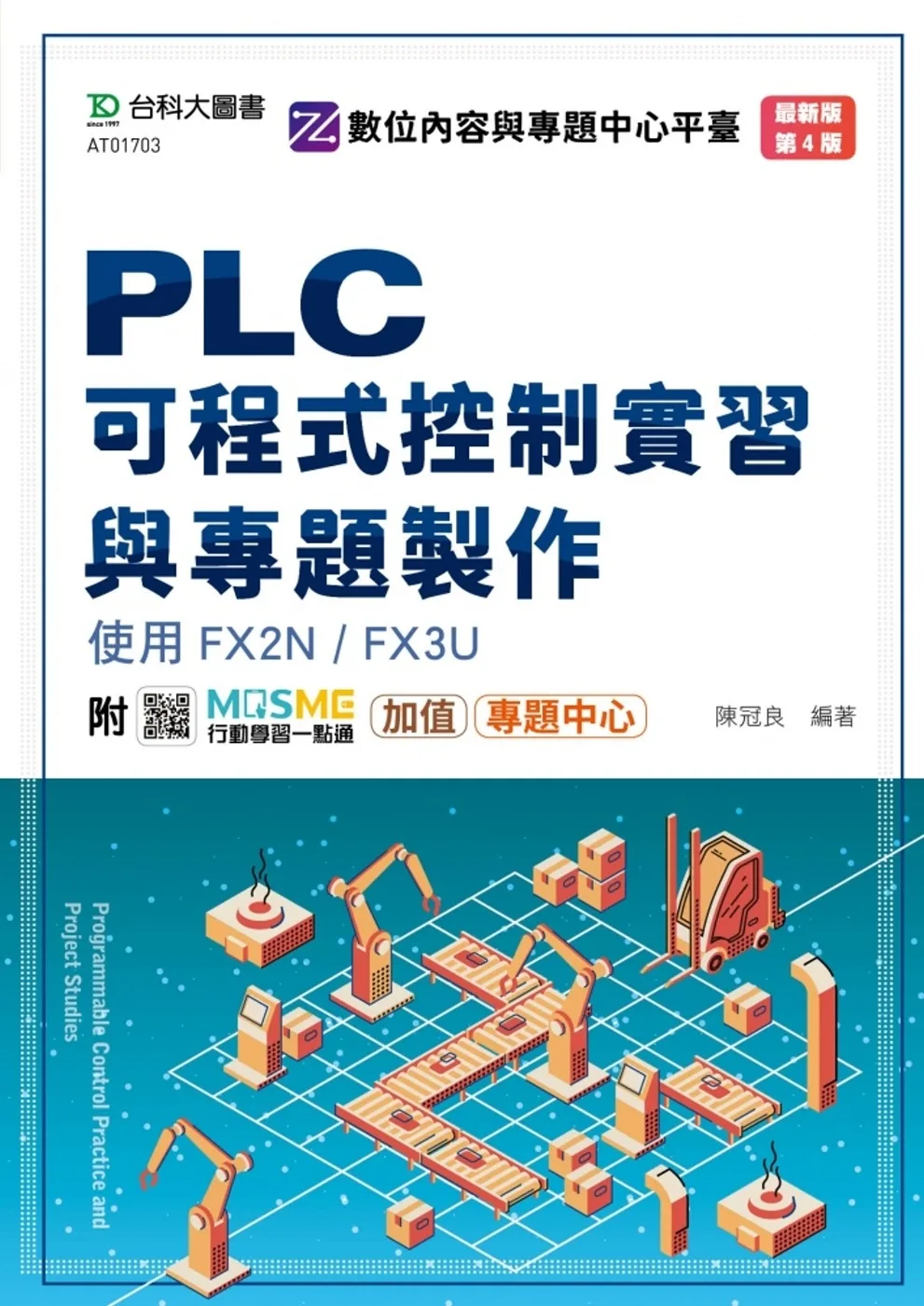Understanding Artificial Intelligence
?
Provides students across majors with a clear and accessible overview of new artificial intelligence technologies and applications
?
Artificial intelligence (AI) is broadly defined as computers programmed to simulate the cognitive functions of the human mind. In combination with the Neural Network (NN), Big Data (BD), and the Internet of Things (IoT), artificial intelligence has transformed everyday life: self-driving cars, delivery drones, digital assistants, facial recognition devices, autonomous vacuum cleaners, and mobile navigation apps all rely on AI to perform tasks. With the rise of artificial intelligence, the job market of the near future will be radically different???many jobs will disappear, yet new jobs and opportunities will emerge.
?
Understanding Artificial Intelligence: Fundamentals and Applications covers the fundamental concepts and key technologies of AI while exploring its impact on the future of work. Requiring no previous background in artificial intelligence, this easy-to-understand textbook addresses AI challenges in healthcare, finance, retail, manufacturing, agriculture, government, and smart city development. Each chapter includes simple computer laboratories to teach students how to develop artificial intelligence applications and integrate software and hardware for robotic development. In addition, this text:
?
Understanding Artificial Intelligence: Fundamentals and Applications is an excellent textbook for undergraduates in business, humanities, the arts, science, healthcare, engineering, and many other disciplines. It is also an invaluable guide for working professionals wanting to learn about the ways AI is changing their particular field.
?
本書特色
?
- Focuses on artificial intelligence applications in different industries and sectors
?
- Traces the history of neural networks and explains popular neural network architectures
- Covers AI technologies, such as Machine Vision (MV), Natural Language Processing (NLP), and Unmanned Aerial Vehicles (UAV)
?
- Describes various artificial intelligence computational platforms, including Google Tensor Processing Unit (TPU) and Kneron Neural Processing Unit (NPU)
?
- Highlights the development of new artificial intelligence hardware and architectures










